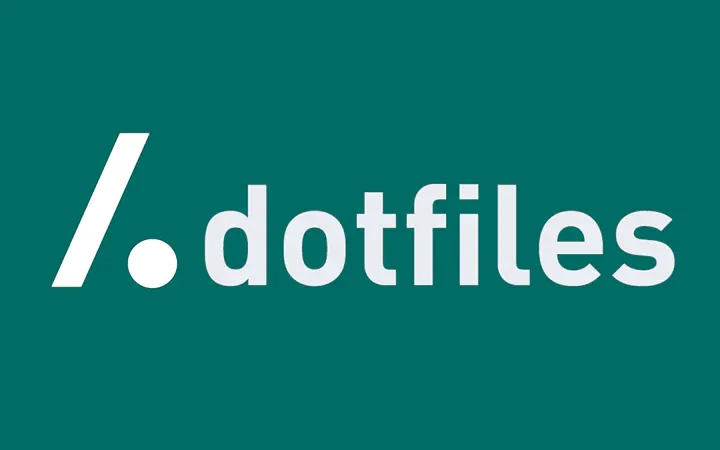📈 Level up your dotfiles with scripting
 Image credit: Daniel Stoddart
Image credit: Daniel StoddartTable of Contents
Background
The dotfiles scheme is a method for managing configuration files and settings across Unix-like systems by storing them in a version-controlled repository and using symbolic links or scripts to deploy them to their proper locations. The name “dotfiles” comes from Unix convention where configuration files typically begin with a dot (period), making them hidden by default in directory listings. These files control everything from shell behavior (.bashrc, .zshrc) to text editor settings (.config/nvim) to application preferences. As users accumulate personalized configurations across multiple machines, managing these files becomes increasingly complex. The dotfiles approach addresses this problem by enable users to:
- Synchronize configurations across multiple computers or opererating systems
- Version control configuration changes
- Backup important settings
- Try new settings with peace of mind
- Share configurations with others
- Quickly set up new development environments
The gaps
The modern tools tend to update increasingly faster. Take text editor as an example, the vanilla Vim releases roughly every 2-3 years. In contrast, neovim updates every 6-12 months. This means the OS and distros could hardly bundle latest neovim. This shifts the responsibility of installing latest tool to end user. The dotfiles scheme manages static configuration files very well, however, it lacks unified method to install software with diverse technology stacks and runtime dependencies.
A Solution
This post explores a solution by leveraging shell scripting as the bash and PowerShell are the predominent scripting language for Unix-like OS and Windows respectively. The installation of tool and its setup are unified. The proposed solution is implemented in this dotfiles project, which automates common development tools installation and configuration under MacOS and Linux (currently only Ubuntu and Arch are supported) by leveraging stow. The general procedure to setup a supported tool is:
- clone the dotfiles project
- change directory to
~/dotfilesor whatever you see fit - run
./setup.sh TOOL_NAME
Here is the sequence of commands for your reference:
cd $HOME
git clone https://github.com/schnell18/dotfiles.git
cd dotfiles
./setup.sh zsh
The setup.sh script automates the installation of the tool, its dependencies
and configure it using the preset configuration file.
To setup golang, git, lua, tmux, nvim in one go:
cd dotfiles
./setup.sh golang git lua tmux nvim
To list the supported tools:
cd dotfiles
grep -e "^function setup_" setup.sh | cut -d' ' -f2 | cut -d'_' -f2
Conclusion
The scripting approach is a viable solution for user are familiar with shell scripting. It also eases integration of new tools. However, for user requires Windows compatibility, it might be necessary to pick up the PowerShell scripting. Neverless, it won’t be extremely difficult since AI is everywhere.